Artist Spotlight - Larry Lawlor
 Looking for something to do, I found the world of stone at Marenakos’ StoneFest 2011. I have done other artistic endeavors in my life but not sculpture and never stone as a medium. John Fisher was the carving instructor that year and those of you who know him can understand that I was hooked by the end of that week.
Looking for something to do, I found the world of stone at Marenakos’ StoneFest 2011. I have done other artistic endeavors in my life but not sculpture and never stone as a medium. John Fisher was the carving instructor that year and those of you who know him can understand that I was hooked by the end of that week.
Now after seven years of carving, I have settled on a set of preferences that guide me. I like the feel of hand tools much more than machine tools. Because of this preference I stay in the softer stones, limestone, alabaster, chlorite, marble. I am the most challenged by working in the figurative mode. It is the best of times for me when a piece of stone begins to tell a story, that moment when carving a hand or face is actually in proportion and becomes alive. It’s not just a surface but the muscle and bone underneath. I must admit that abstract doesn’t pull me in the same way.
 Early on I stepped into relief carving as a way to talk about a story or recognizable moment. Themes of mother and child in either animal or human form and interesting people, moments or relationships, draw me the most. I have come to love the challenge of perspective, shadow and light, strong undercut edges, texture, movement, composition, all in a shallow carving with a frontal view.
Early on I stepped into relief carving as a way to talk about a story or recognizable moment. Themes of mother and child in either animal or human form and interesting people, moments or relationships, draw me the most. I have come to love the challenge of perspective, shadow and light, strong undercut edges, texture, movement, composition, all in a shallow carving with a frontal view. I have a background in drawing, rendering and some painting, which probably explains the draw toward relief carving. It’s all about light which is the strongest element of all in sculpture. Controlling how light reflects on the surfaces, gives you your highlights, middle values and darks.
I also work in a more three dimensional way, though, I still am carving in the figurative with front and back points of view. At first I stayed with limestone but hanging out with the NWSSA artists has broadened my understanding of different stones with their different characteristics. It’s been
 wonderful to become aware of the translucent quality of alabaster, the deep blacks and grays of chlorite or high polish of marble.
wonderful to become aware of the translucent quality of alabaster, the deep blacks and grays of chlorite or high polish of marble.
I enjoy gardening and have produced a number of pieces for the garden. I carved a sculpture with two pieces in it that represent Nurturing and Protection which speaks to my own sense of my relationship to the garden. I owned two pieces of limestone that were three sided and 18 and 22 inches tall. I decided to put one face forward for Nurturing and two faces forward for Protection. I’m pleased with the results and they have been watching over my garden for the past three years. There are also some cheerful stone entities and motherly spirits that watch over the garden.
Another area of carving that I’ve become aware of is that of “Free Carving” verses “Modeling.” My preference is free carving where one has an idea in mind or has a stone that says what you might find inside and you start removing stone. The finished piece might not be what you first envisioned but the trip along the way has been open, immediate and creative at every step, but not safe. You could end up with a pile of chips as a finished product.
In modeling you do your exploration usually in clay to find the finished product. Starting with a strong idea of what you want, you can add, remove, smooth and draw in the clay until you have found the sculpture you are after. You can work in a smaller scale as well. The carving process then becomes a copying and enlarging of your model into stone. Each method is not easier or harder than the other, just different in experience. In both cases you still have to pay attention to the needs of the stone. In free carving, you are free to explore and find the finished piece and in modeling you are challenged to reproduce your model faithfully.


I have used modeling or a “maquette” for three sculptures so far and I would like to describe the one which was my major exploration for the modeling process. I had previously purchased a 400 lb. equal-sided block of limestone. It came to me that a child squatting looking for something in the grass would fit into this stone. I attended a summer class in clay figure modeling which got me started in handling clay; took pictures of a neighbors’ child; did a bunch of drawings; found a picture of a child bending over in overalls on line that I really liked; bought 10 pounds of modeling clay; made an armature from copper wire and, after some days of fiddling, I produced a model I liked in a half scale to the possible finished piece. I also fitted a wire frame around the model that gave me the outer edges of the block. I could then measure the model itself and from the outer edges of the block to the model - times two. After a few months of carving, changing a few things as I went along, I had a stone carving that was very close to the clay model. I look at this piece now, a few years later, and wonder if it was worth it to create a lawn figure. The object the child is looking at in the grass is a frog.
Over the last few years, I have had a number of commissions and all have turned out well. It is a new learning experience and a challenge to carve for someone else. It is one thing to carve for yourself with all the general fears one carries about a successful carving, but to add the idea of satisfying someone else as well can be unnerving. I have found that letting go of outcome and just carving, works for me. I had the happy experience to be paid more than the asking price for one of my commission pieces.
I have also had the novel experience of selling some of my already carved sculptures. The first time was at Camp Brotherhood a few years back. Someone wants to buy one of my pieces?? – WOW! I sold two that day and was later told they got really good prices!

Most recently I sold a sculpture at this spring’s Flower & Garden Show. It was a large piece of white alabaster titled “Laughing Wind.” The piece is a woman’s face with open mouth laughing while holding back her billowing hair. It went through three manifestations, first a baby in a basket, then a woman blowing over her hands and finally, “Laughing Wind.” I was volunteering the last day of the show when I watched this couple standing in front of the piece, the lady with her hand on it for a long time. They asked if I would take less for the piece. When I said no, they seemed happy to pay full price. My last view of “Laughing Wind” was of it covered in the woman’s coat, riding in a flimsy garden cart they purchased there, with them pushing/pulling it down through the crowded isle of the show. I’m a very lucky guy!
My last two carvings seem to be following the times. With all the energy right now for women striving to achieve their rightful place, I wanted to add my expression of it.
The first is from a piece of chlorite. I call it “Proud” and it depicts a young African woman looking over her shoulder conveying her pride in who, what and how she is.
Photo: 24. Pride
The last piece is from white marble I finished this January. I have been struck lately by sculptures some of the famous cemetery in Staglieno, Italy. More specifically by Sammartino’s “The Veiled Christ” and Strazza’s ”The Veiled Virgin,” The work of these two 18th and 19th century Italian sculptors, clearly show the human features that lie beneath a veil yet show the features with a strong emotional impact. I wanted to try my hand at it. Also, I wanted to get more negative space into my work and wanted to make a statement to reinforce current women’s struggles. Drawing a sense of my collective idea on each face of the block, off I went into free carving mode, finishing with “Lifting the Veil.” I decided somewhere along the line to leave the veil material coarser than the sculptures from my research, I think, to suggest more aliveness to the piece.
Photos: 27. Lifting the Veil
Right now I’m in a two-month slump and need more stone. I have a persistent feeling that I’m just a beginner in this whole business and in many ways that is true. I suspect that for all of you carvers that are reaching into the unknown, at any level, feel a similar way. I feel gratitude for finding stone carving at this time of my life and comradeship with the many fine carvers I have found these last few years.

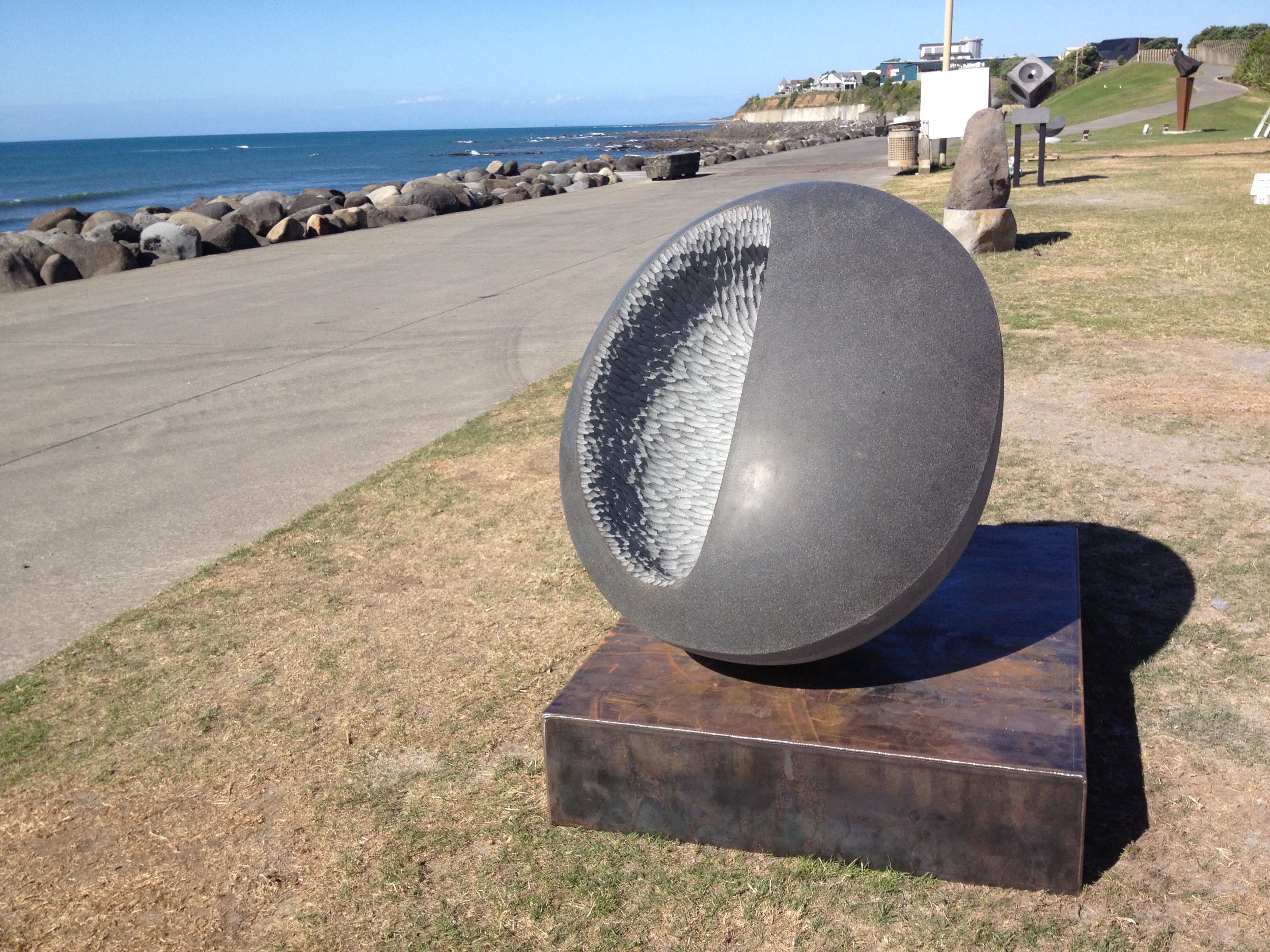
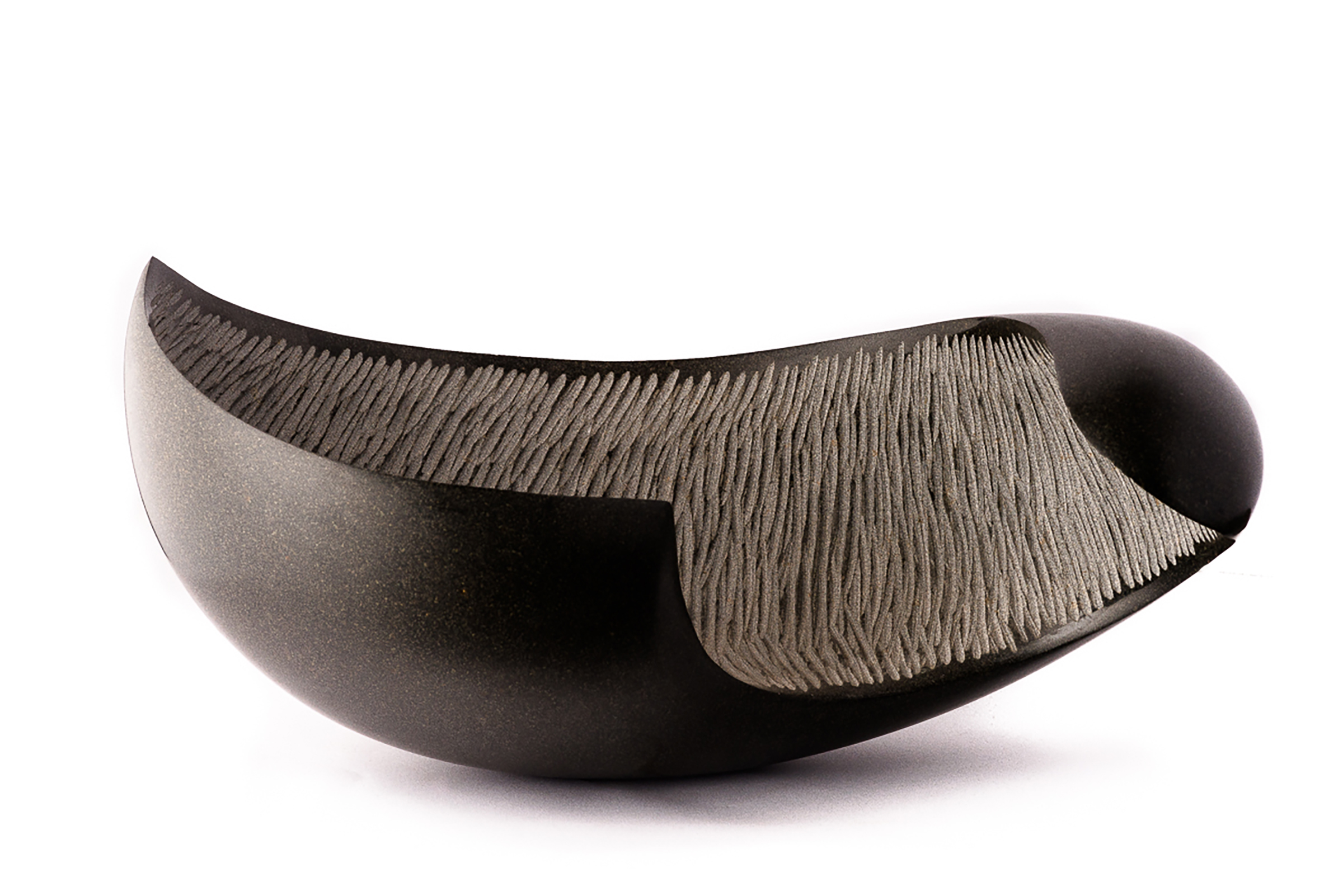
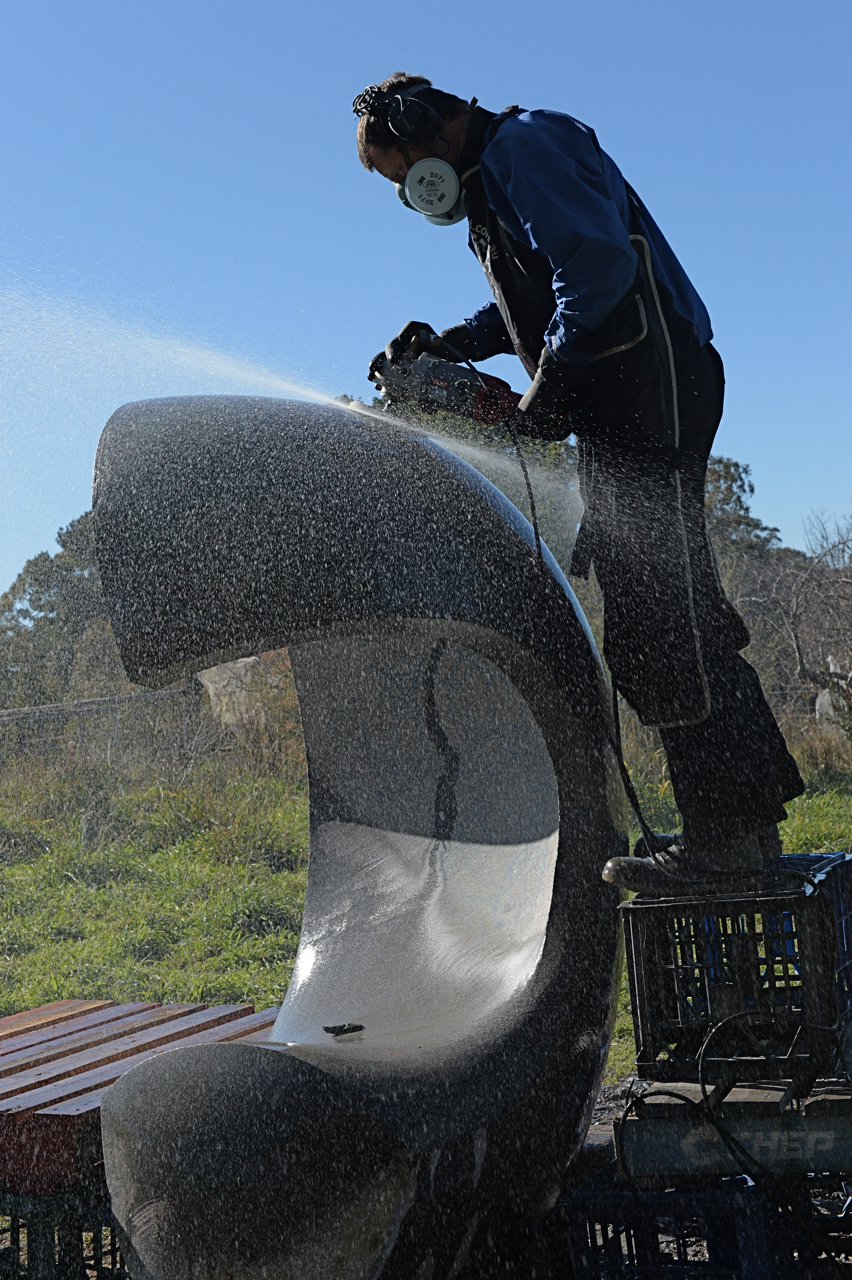
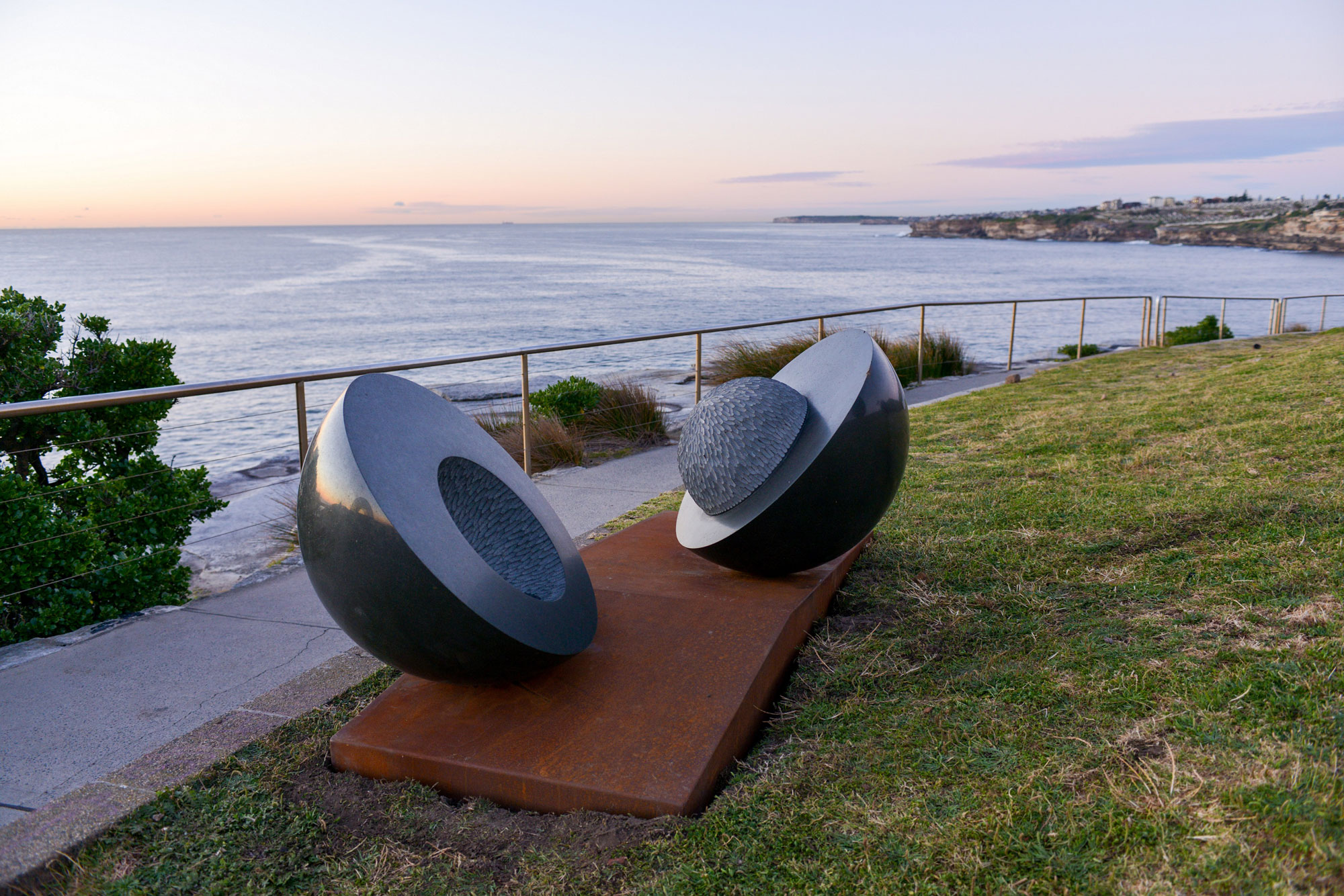
 On January 28, Elaine MacKay died of emphysema at her home in The Dalles, Oregon. Sculpt Proud, Elaine
On January 28, Elaine MacKay died of emphysema at her home in The Dalles, Oregon. Sculpt Proud, Elaine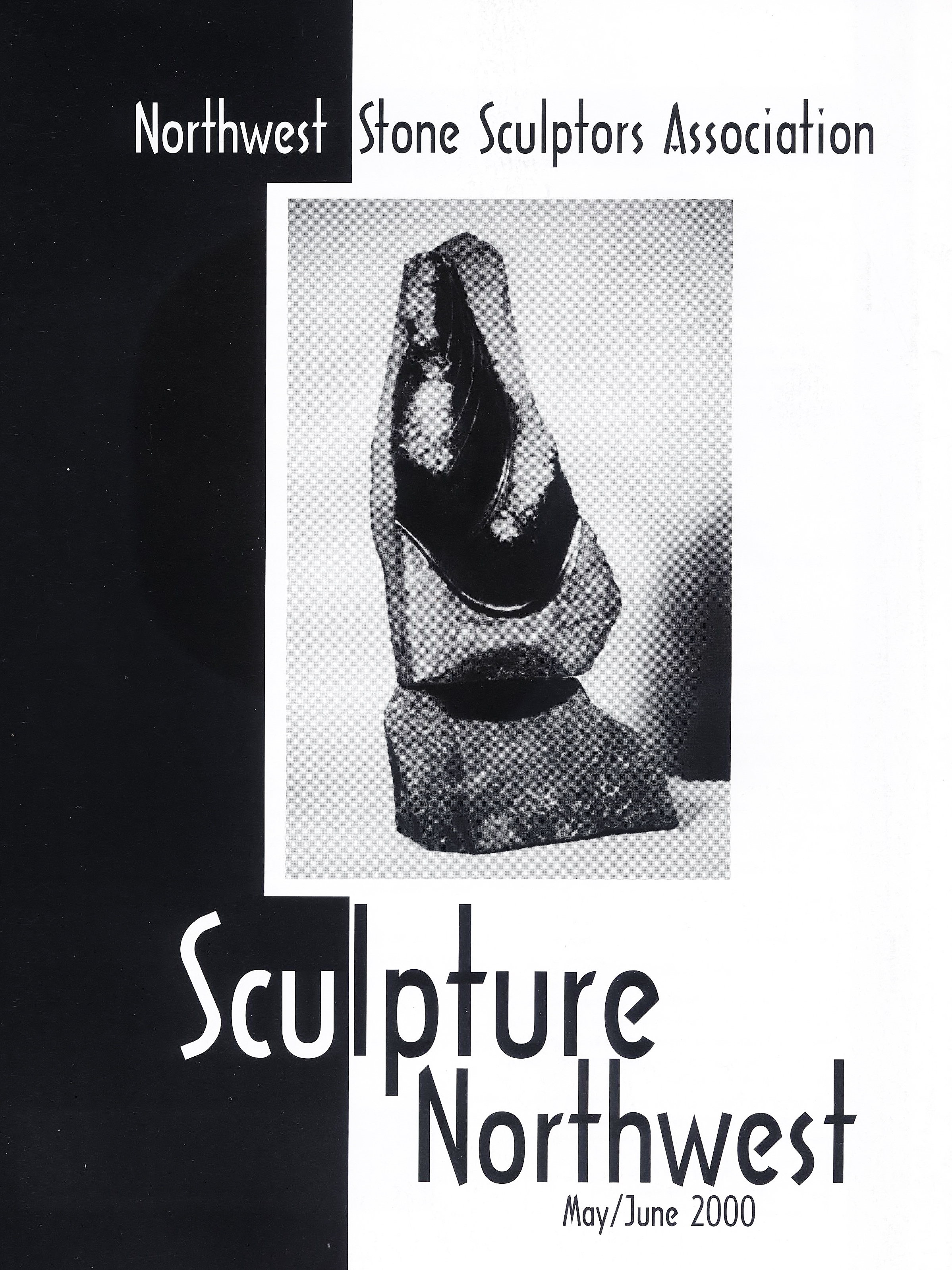
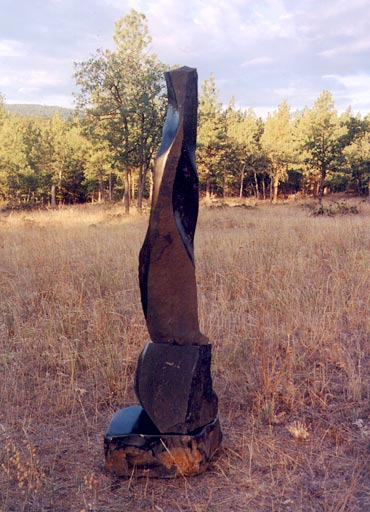
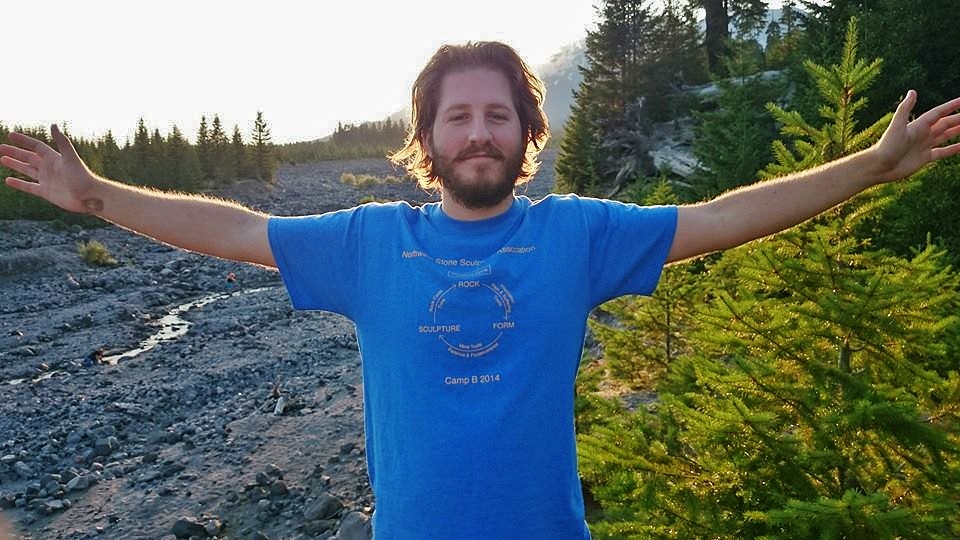 Who are you?
Who are you?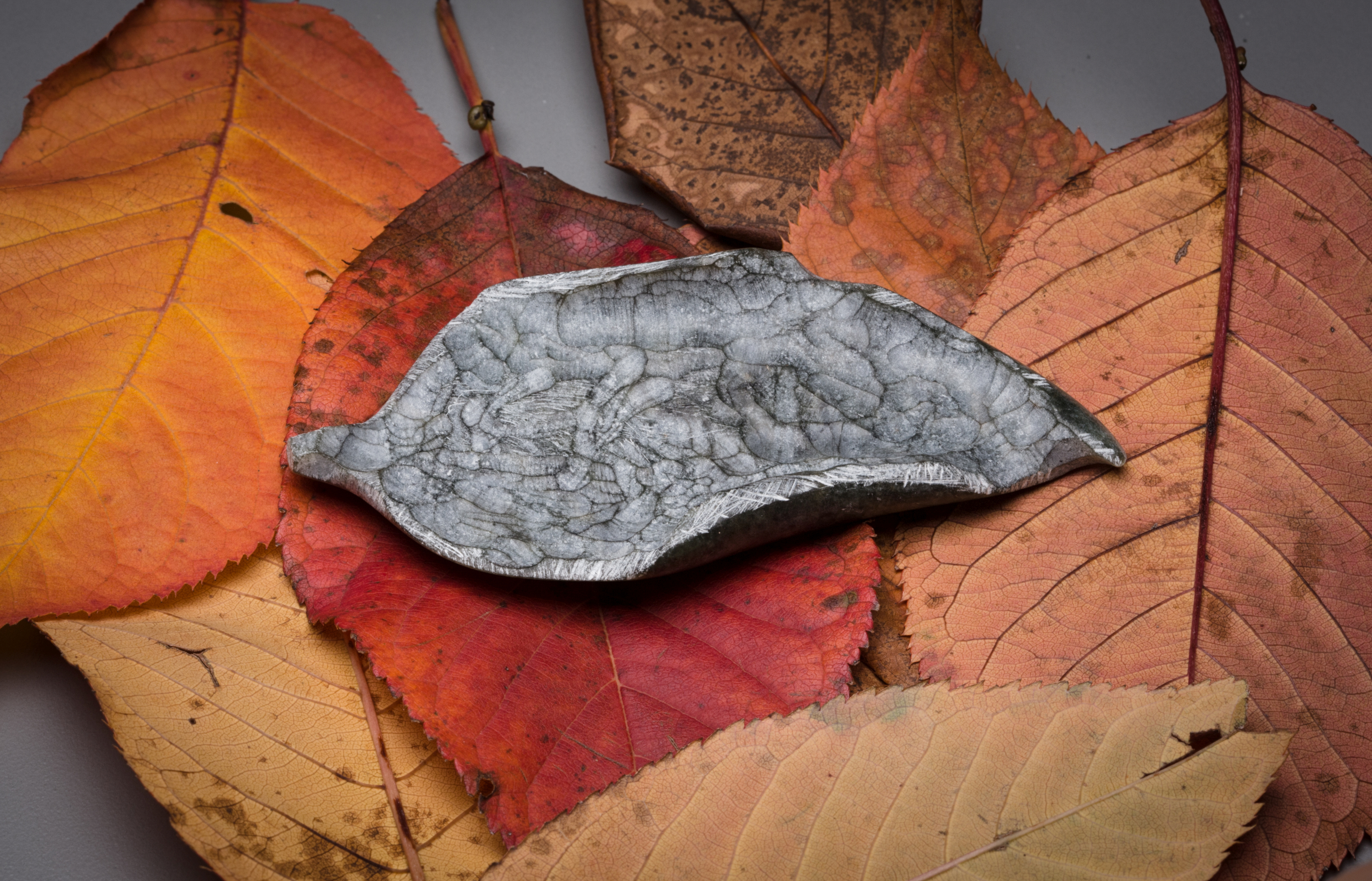 What is your life history as it relates to being an artist?
What is your life history as it relates to being an artist?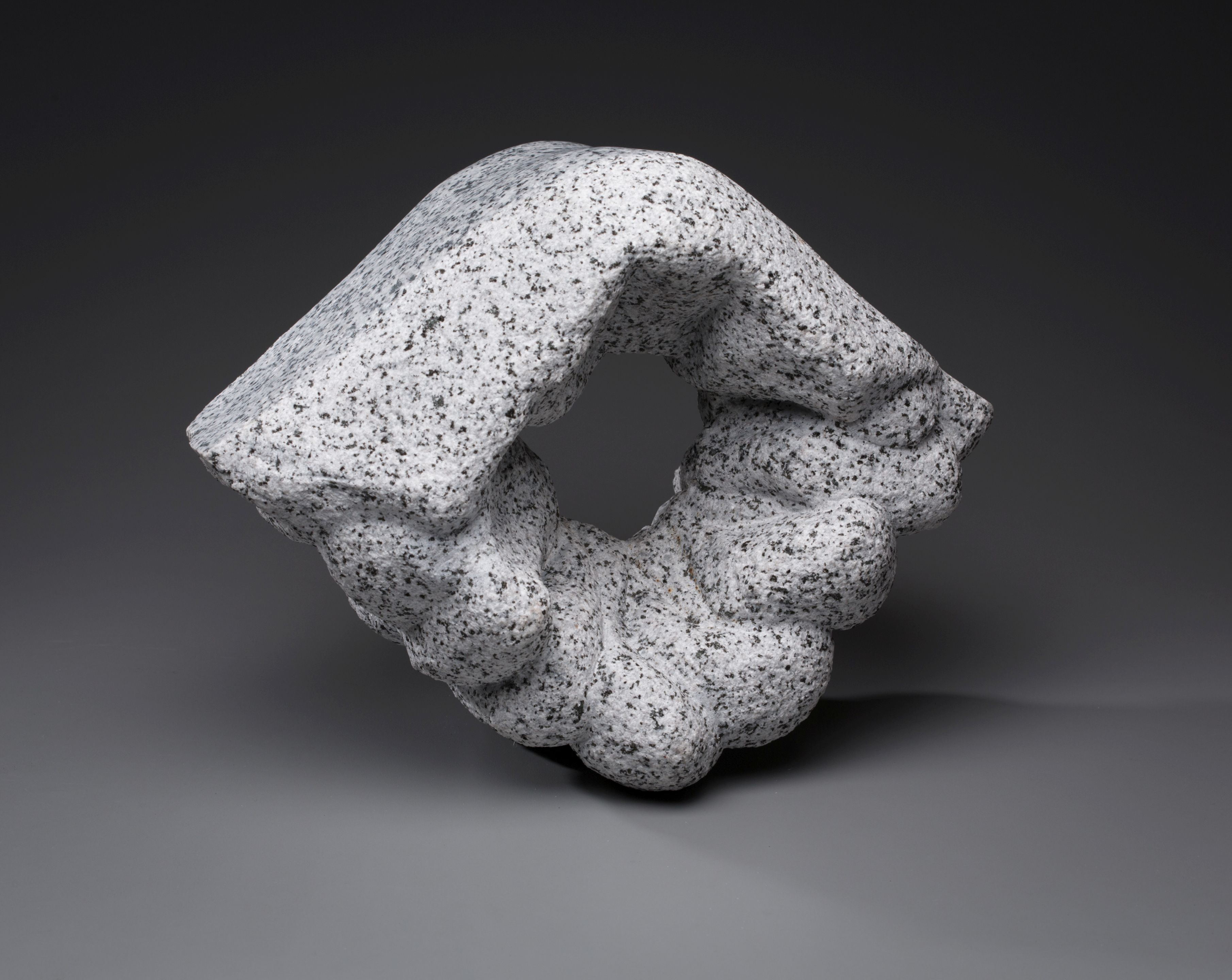 What key life experiences affected your direction in art?
What key life experiences affected your direction in art?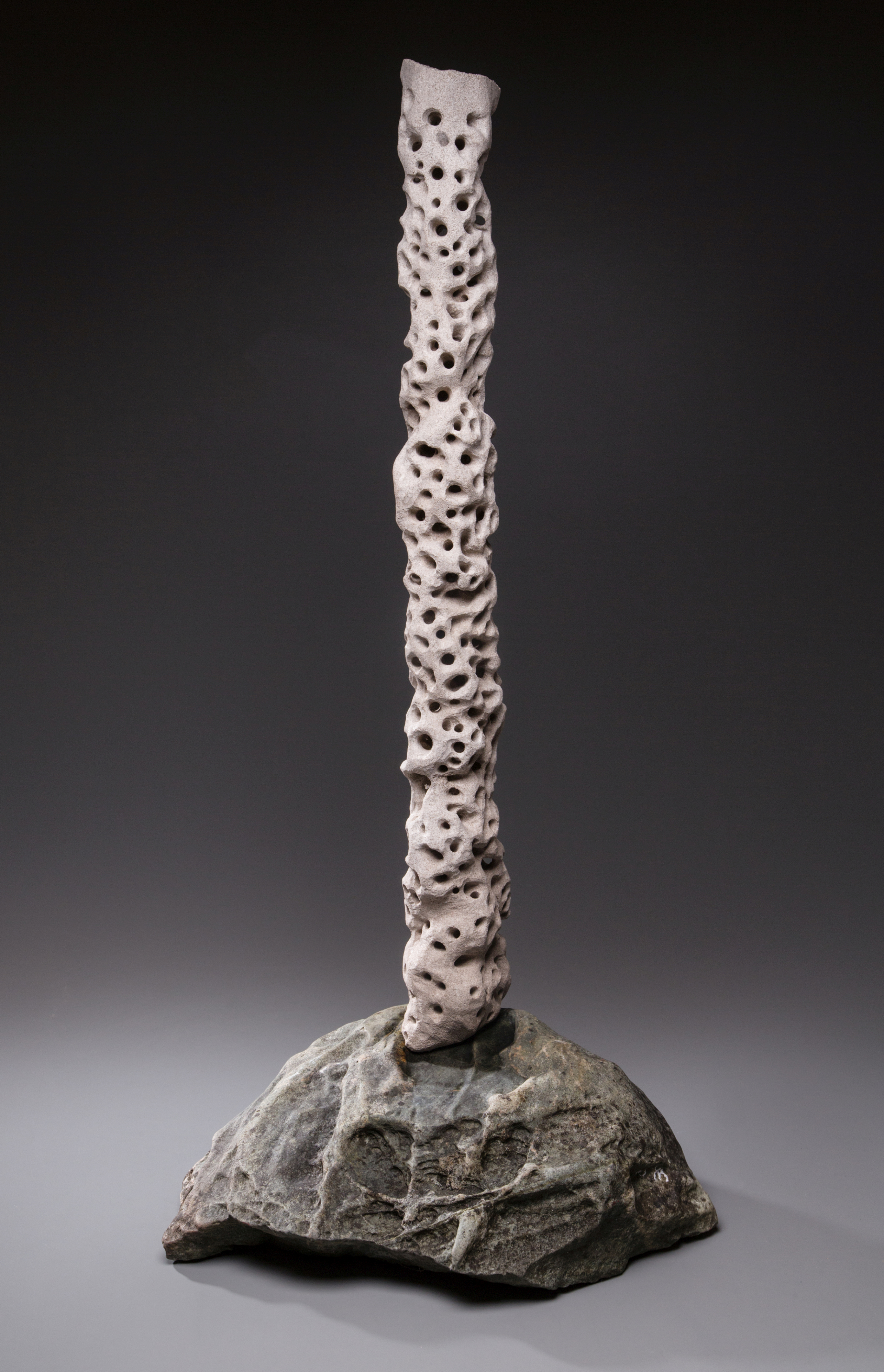 How does your art reflect your philosophy?
How does your art reflect your philosophy?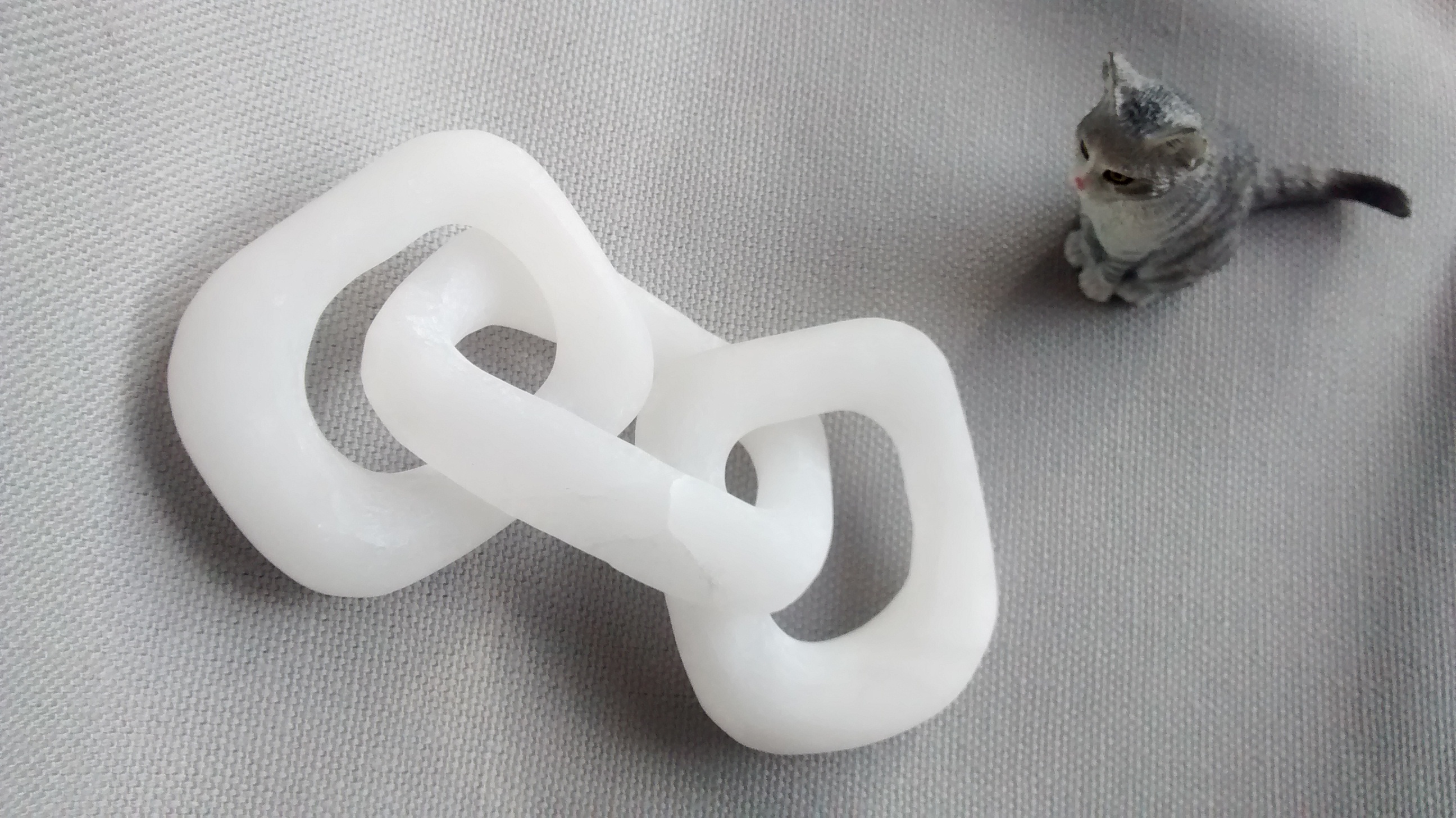
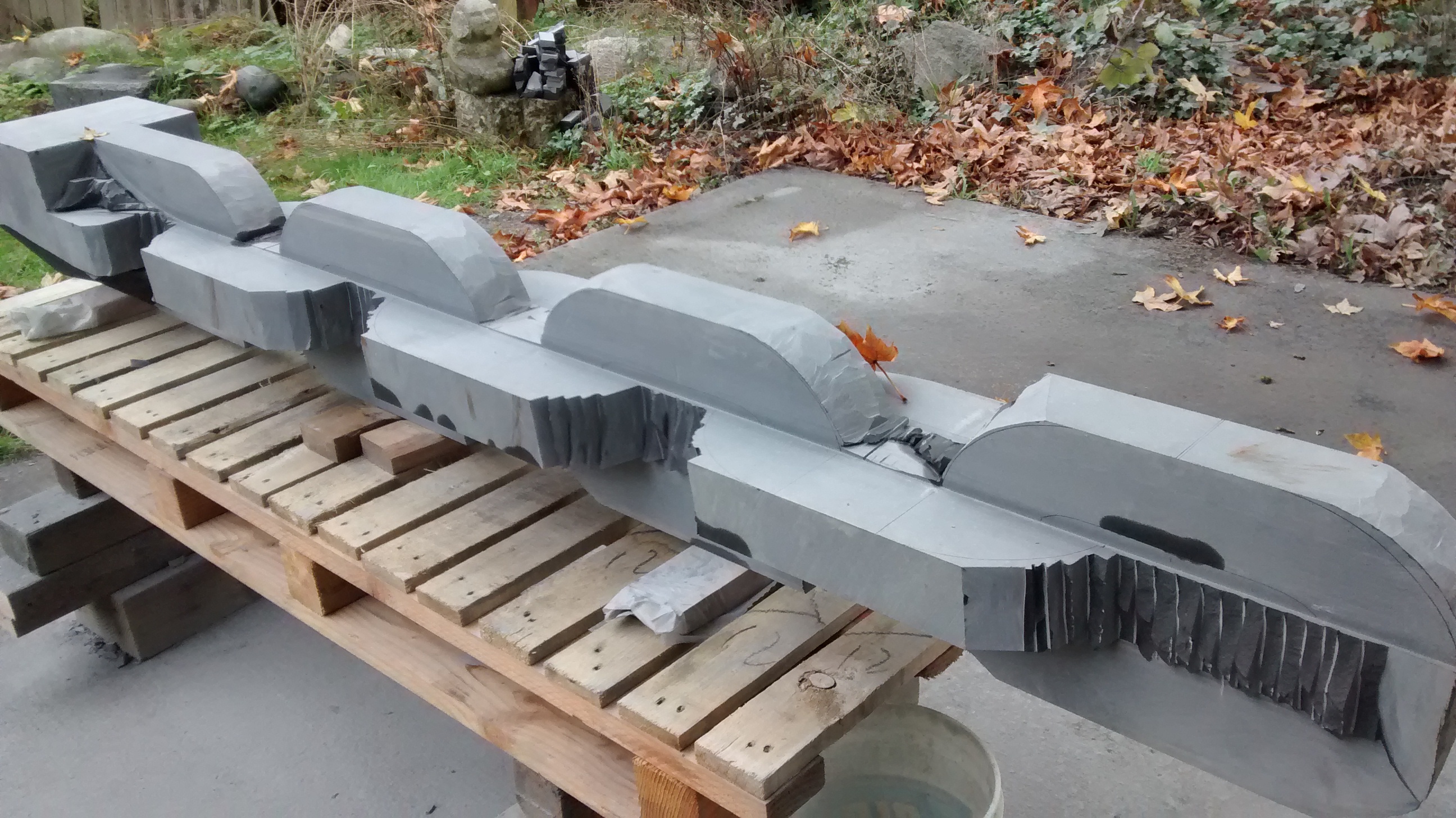
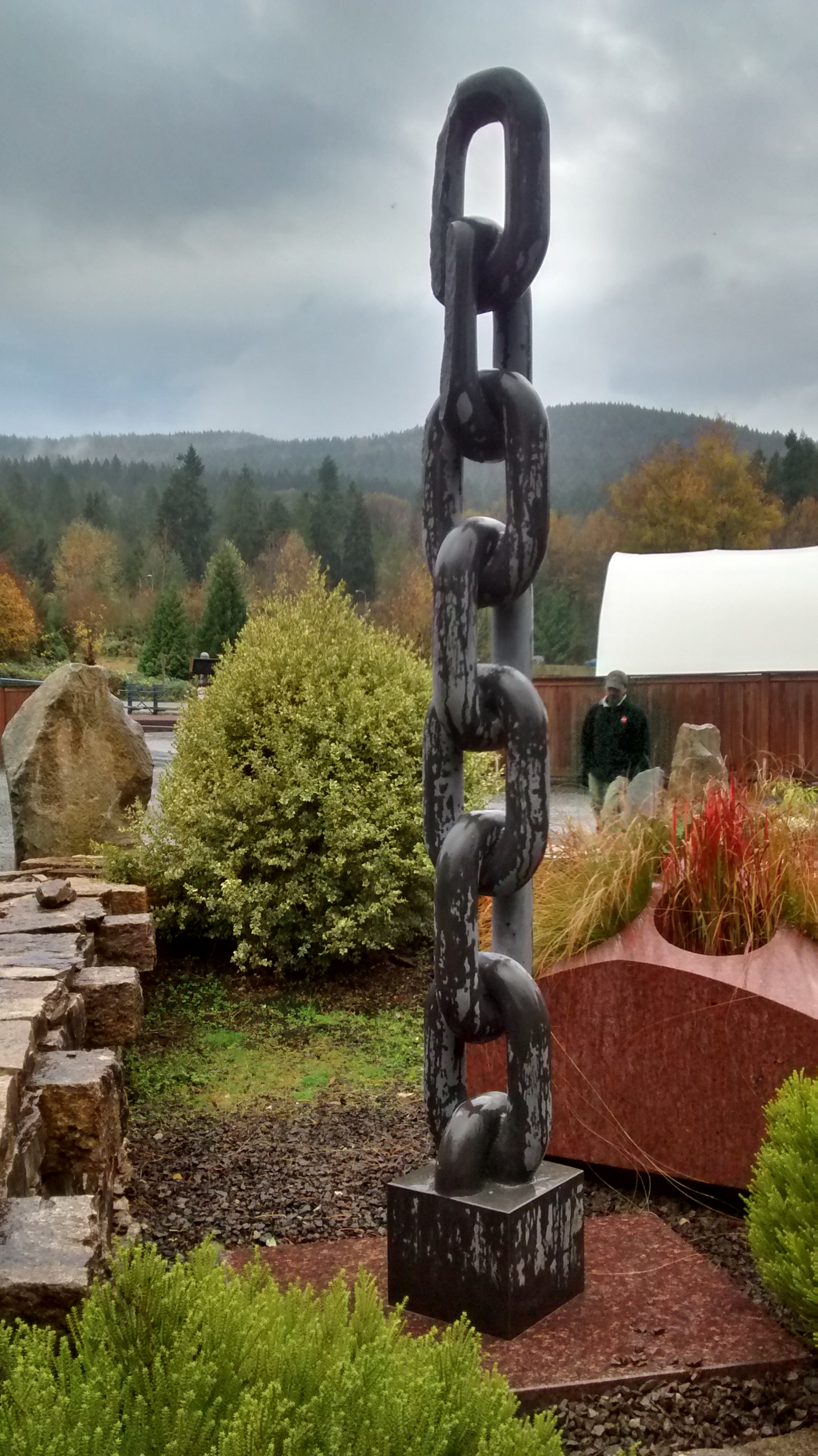 What have been your satisfactions in your life as an artist?
What have been your satisfactions in your life as an artist?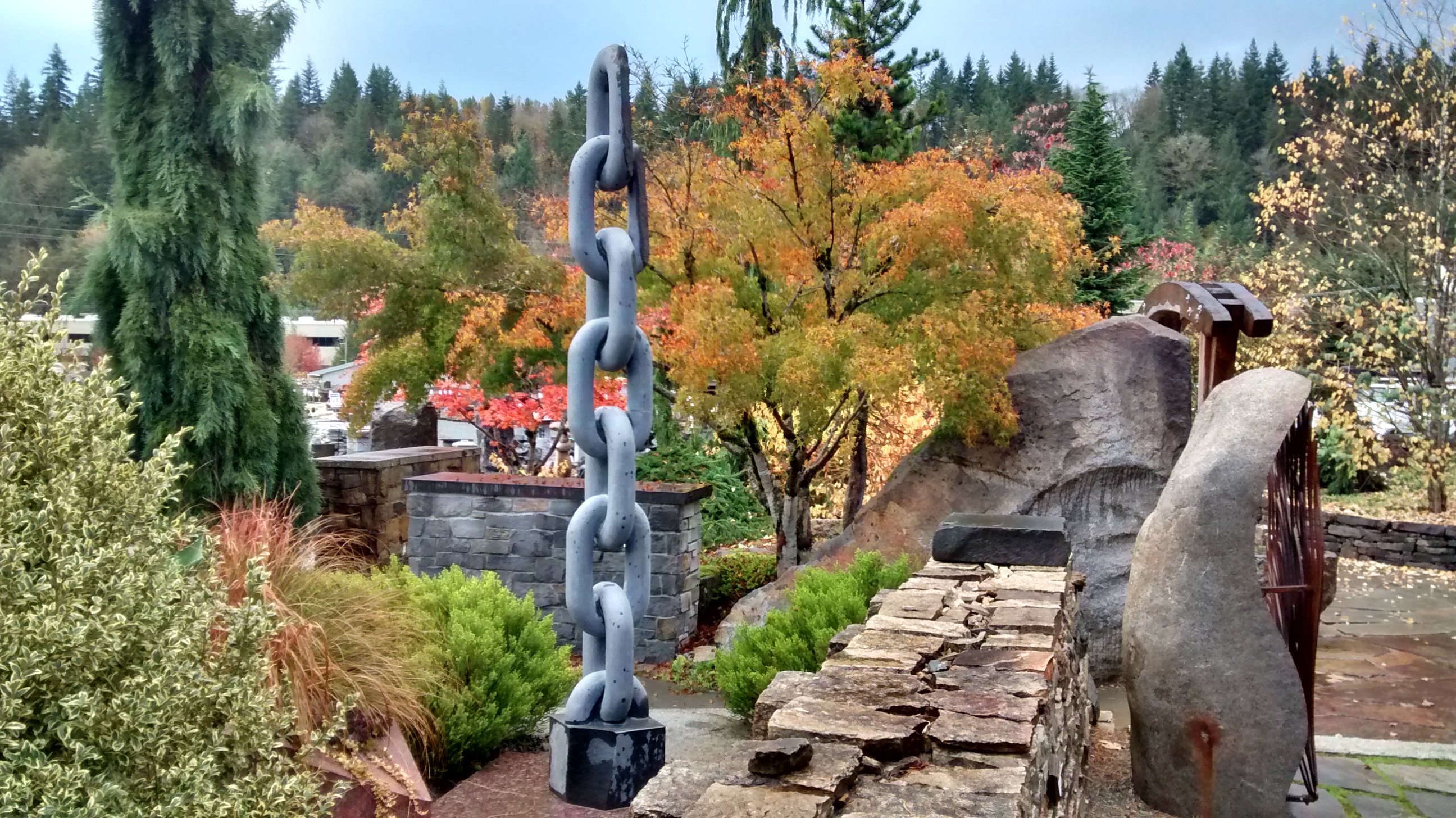
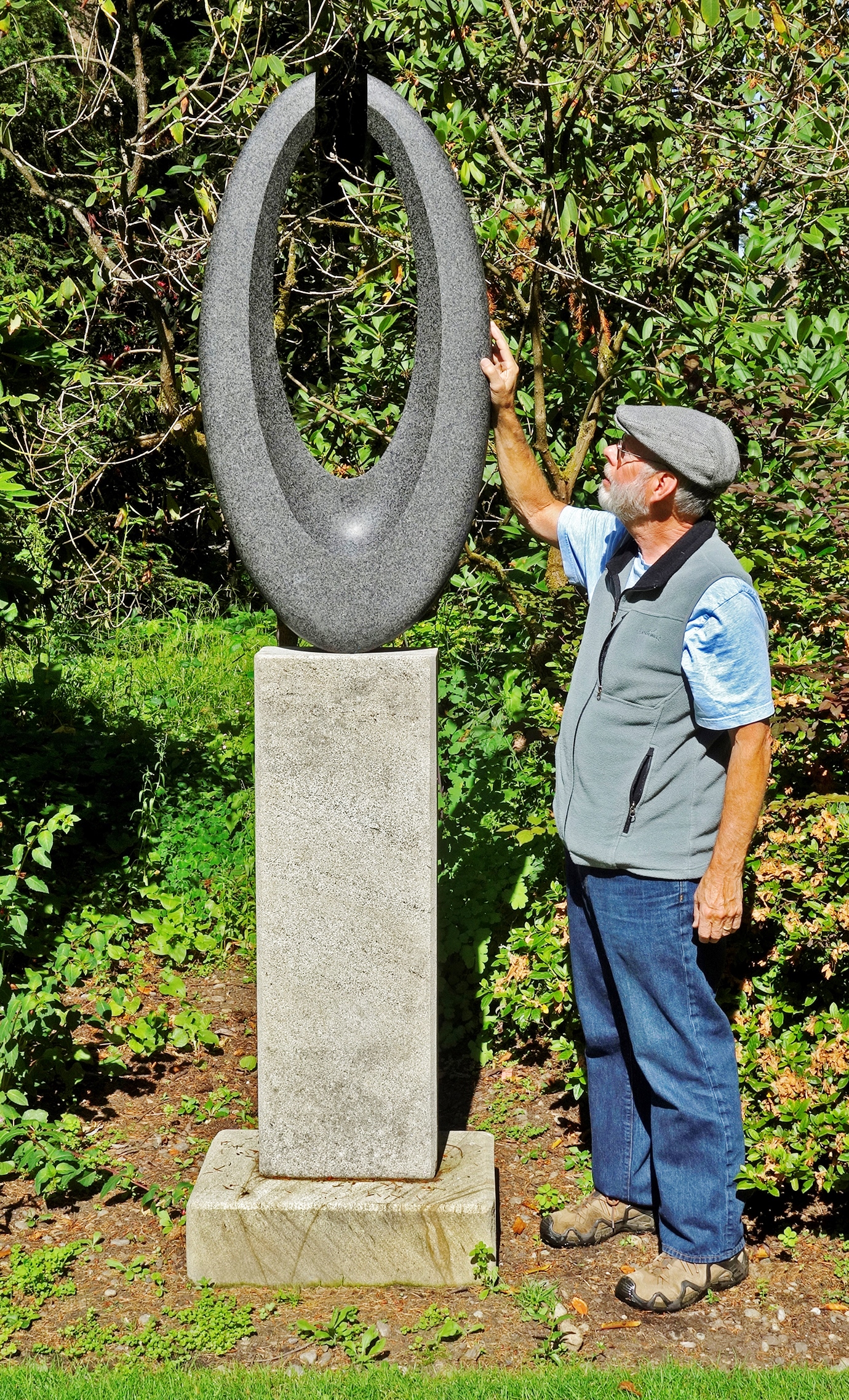
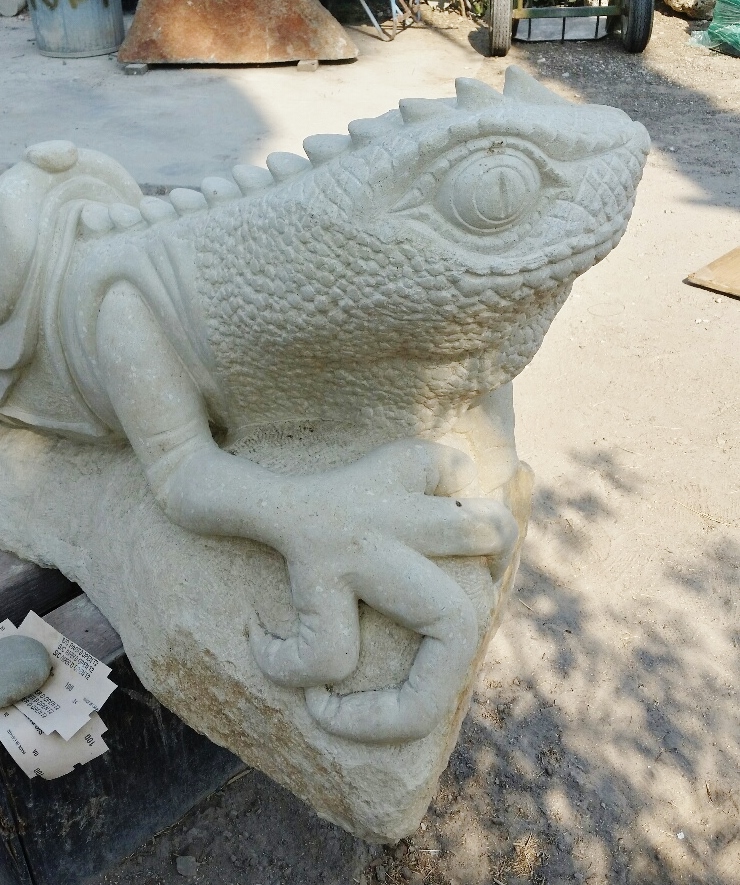 My studio is located at Art City Studios in Ventura, California. It is one of 24 spaces rented to artists by Paul Lindhard – owner/operator/artist.
My studio is located at Art City Studios in Ventura, California. It is one of 24 spaces rented to artists by Paul Lindhard – owner/operator/artist. 

